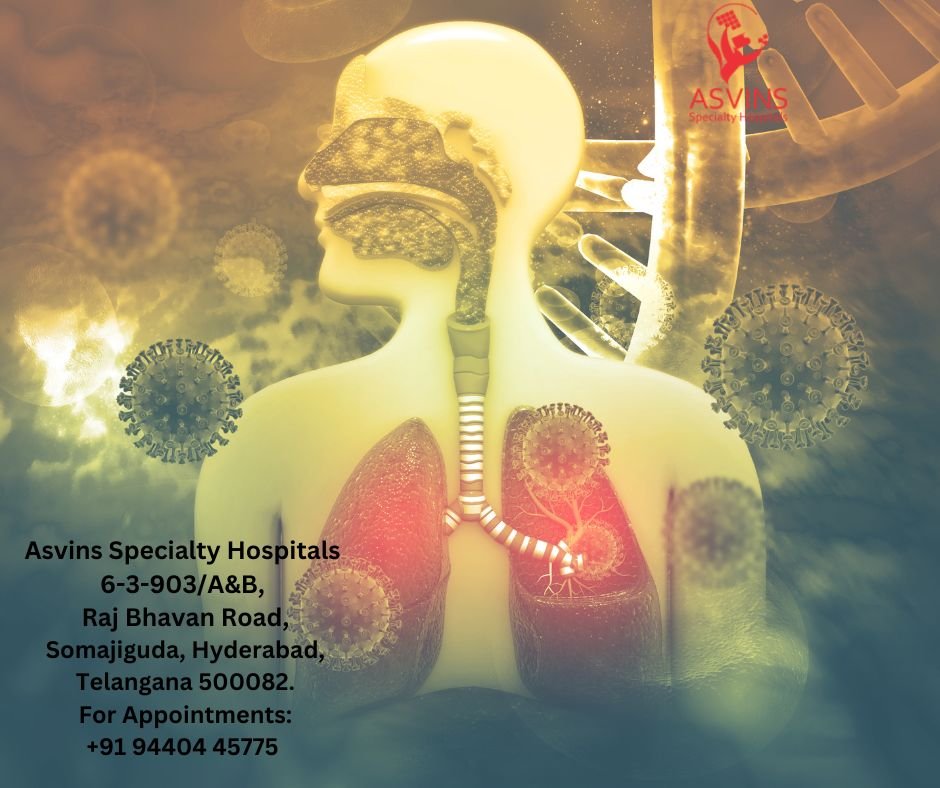Lung cancer is a complex disease with multiple contributing factors. Understanding the reasons behind its development is vital for prevention and early intervention. In this article, we explore the primary reasons for lung cancer.
- Smoking: Smoking tobacco products, including cigarettes, cigars, and pipes, is the leading cause of lung cancer. The harmful chemicals in tobacco smoke damage lung tissue over time, increasing the risk significantly.
- Secondhand Smoke: Exposure to secondhand smoke, especially in enclosed spaces, is also a known risk factor for lung cancer. Non-smokers exposed to secondhand smoke face an elevated risk.
- Radon Gas: Radon is a naturally occurring radioactive gas that can enter homes through cracks in the foundation. Long-term exposure to radon is a significant risk factor for lung cancer.
- Occupational Exposures: Some workplaces expose employees to carcinogens like asbestos, arsenic, diesel fumes, and certain chemicals, increasing the risk of lung cancer.
- Air Pollution: Prolonged exposure to high levels of air pollution, both indoors and outdoors, can contribute to lung cancer risk.
- Genetic Factors: In rare cases, genetic factors and family history may play a role in lung cancer development.
- Preexisting Lung Diseases: Chronic lung diseases such as chronic obstructive pulmonary disease (COPD) and pulmonary fibrosis can increase the risk of lung cancer.
- Personal Habits: Unhealthy habits like poor diet, lack of exercise, and excessive alcohol consumption may indirectly contribute to lung cancer risk.
While some risk factors can’t be avoided, such as genetic predisposition, many are modifiable through lifestyle changes and proactive measures. Smoking cessation, radon testing, and reducing exposure to occupational and environmental carcinogens are essential steps in minimizing lung cancer risk. Early detection through screening and a focus on lung health can also play a pivotal role in improving outcomes.


 Online | Privacy policy
Online | Privacy policy